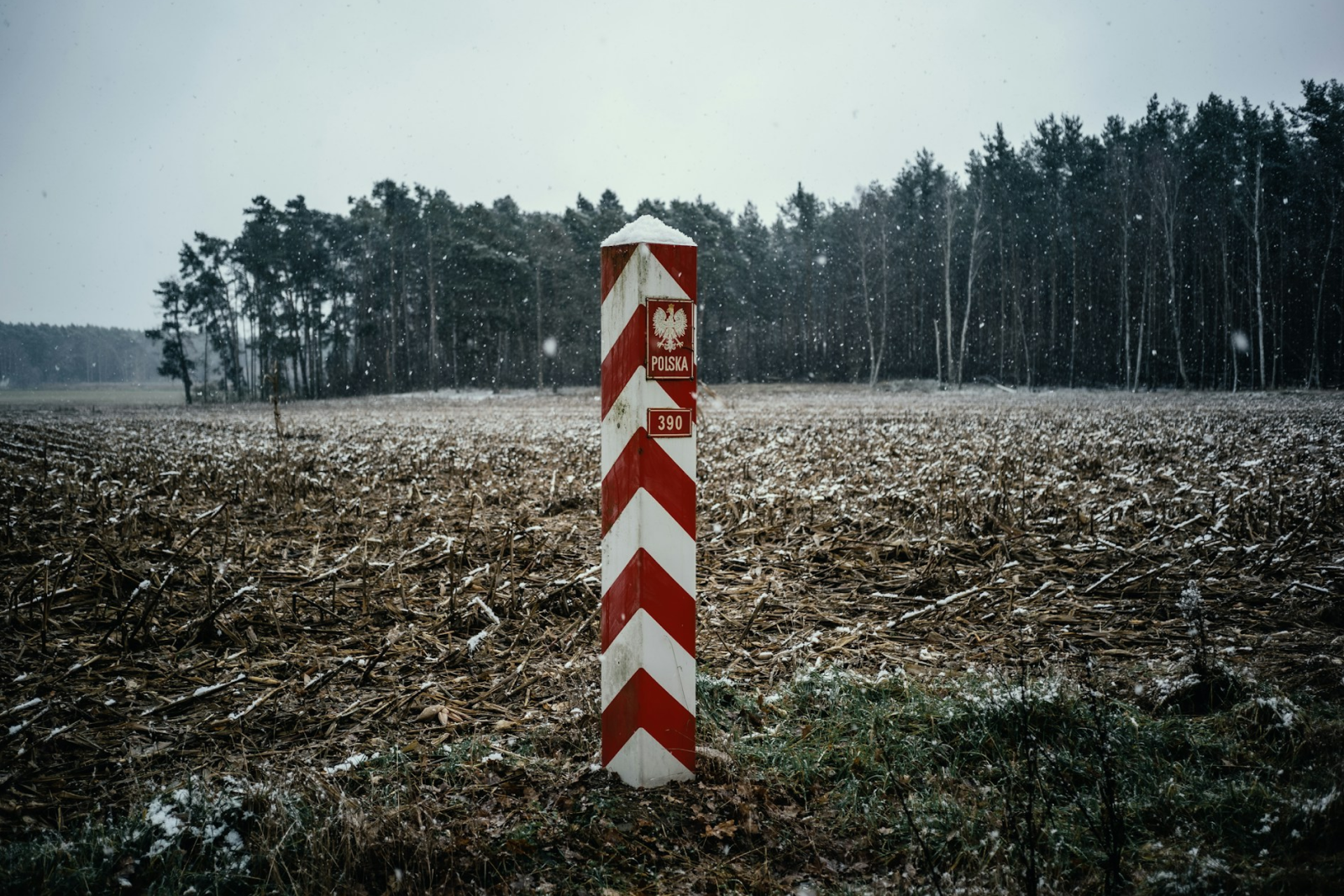Storytelling isn't limited to movies and books. It's also applicable to blogging. We often think about content structure in terms of listicles, how-to guides, or comparison blog posts. But these structures won’t help you create an emotional connection with your readers. Whatever you're selling through content —products, technology, ideas—stories make them feel more real and more important.
I wrote a book for writers called From Reads To Leads. It talks about how to write good content. I called one chapter of this book: Good content is like the script of a Hollywood movie. It talks about how to turn your content into a story. In this blog post, we'll talk about how to apply a story pattern to your content, but make sure you also get the book for more insights.
So, what structure can you follow to turn your content into a story? You guessed it!
Departure, initiation, return – This universal rule of the plot goes back to what Joseph Campbell reveals in his book The Hero with a Thousand Faces. The “monomyth,” as Campbell calls it, or the “hero’s journey,” is a universal motif of adventure and transformation that runs through all of the world’s mythic traditions. It’s the plot by which people have lived throughout their entire existence. You can think of the hero’s journey as grammar: You must know it if you choose writing as your craft.
Departure, initiation, and return are the three main acts in the hero’s journey. In each of these acts, the hero goes through several stages. For example, in Joseph Campbell’s Hero with a Thousand Faces, the departure breaks down into these stages:
Joseph Campbell’s monomyth was adapted by Christopher Vogler as the twelve stage hero’s journey in his book The Writer’s Journey: Mythic Structure for Writers, in which the departure looks like this:
When you create content, you don’t necessarily need to follow all the stages of the hero’s journey. There’s no reason to invent a twelve-stage plot for a blog article. But following the basic rules of storytelling will help you make any content interesting and engaging. Here are some of those rules.
Let’s start by renaming the departure, initiation, and return as the set-up, main body, and wrap-up to use terms we’re familiar with in content writing.
In this act, you set the stage for your story. The set-up is the world your reader lives in before your business, product, or service enters the story. Your reader is the hero of the story—not your business.
In the set-up, you need to introduce the hero and provide context for their motivations. There should be some challenge that the hero needs to overcome. Maybe it’s the need to adapt to new circumstances; maybe it’s the threat of a competitor; maybe it’s the desire to get rich or die trying. Whatever it is, it motivates the hero to leave the ordinary world and start a difficult and risky journey.
But it’s not so easy for your hero to depart. The problem seems too hard, too expensive, or too time-consuming. So the hero starts to hesitate in their commitment to overcoming the challenge. This is where you can step in and pose a question or push your hero to realize that they can’t leave things as they are and must go on an adventure.
The second act is the body of your piece. Here, you need to put your hero through the wringer. Your hero should move from obstacle to obstacle, overcoming some and failing to overcome others. You can appear as a mentor every time your hero is in trouble and help them proceed with the journey by offering them a possible solution to their problem.
The second act should build to a climax that determines the hero’s ultimate fate. After this act, the world will never be the same.
When your hero overcomes the problem that your business helps to solve, they should be transformed. Otherwise, your hero won’t experience success and their journey will be a failure.
The hero’s journey is circular, which means it ends where it began. This is why many good articles are front-loaded, meaning they start with a conclusion and end by circling back to the main point articulated in the beginning.
The conclusion (or the wrap-up, as we call it) follows the climax. The hero has suffered the ups and downs of the narrative and now is ready to come back to where they started. But the journey has changed them. In the wrap-up, you can include scenes that describe how the hero is living their life back home using your solution.
If you want to leave room for a sequel (and most likely you do), you can end your story with a cliffhanger that suggests there’s more to explore. When readers get curious, they’ll continue their journey on your website.
Watch it instead:
Every week I share my ideas and tips on content marketing with writers, B2B marketers, and business owners. Subscribe to my YouTube channel so you never miss a new video.
Learning how to turn things that aren’t really stories into stories isn’t easy. And most people who tell great stories don’t fully understand how they do it. If you’re not one of them, try to do this: Imagine that your reader is the hero, you’re the mentor, and the thing you’re selling is the legendary sword of King Arthur. What battle are you trying to win together?


The best copy never comes from copywriting formulas and persuasion hacks. It comes from customers' own words. Learn how to find the words that your customers want to hear.
Subscribe to From Reads to Leads for real-life stories, marketing wisdom, and career advice delivered to your inbox every Friday.